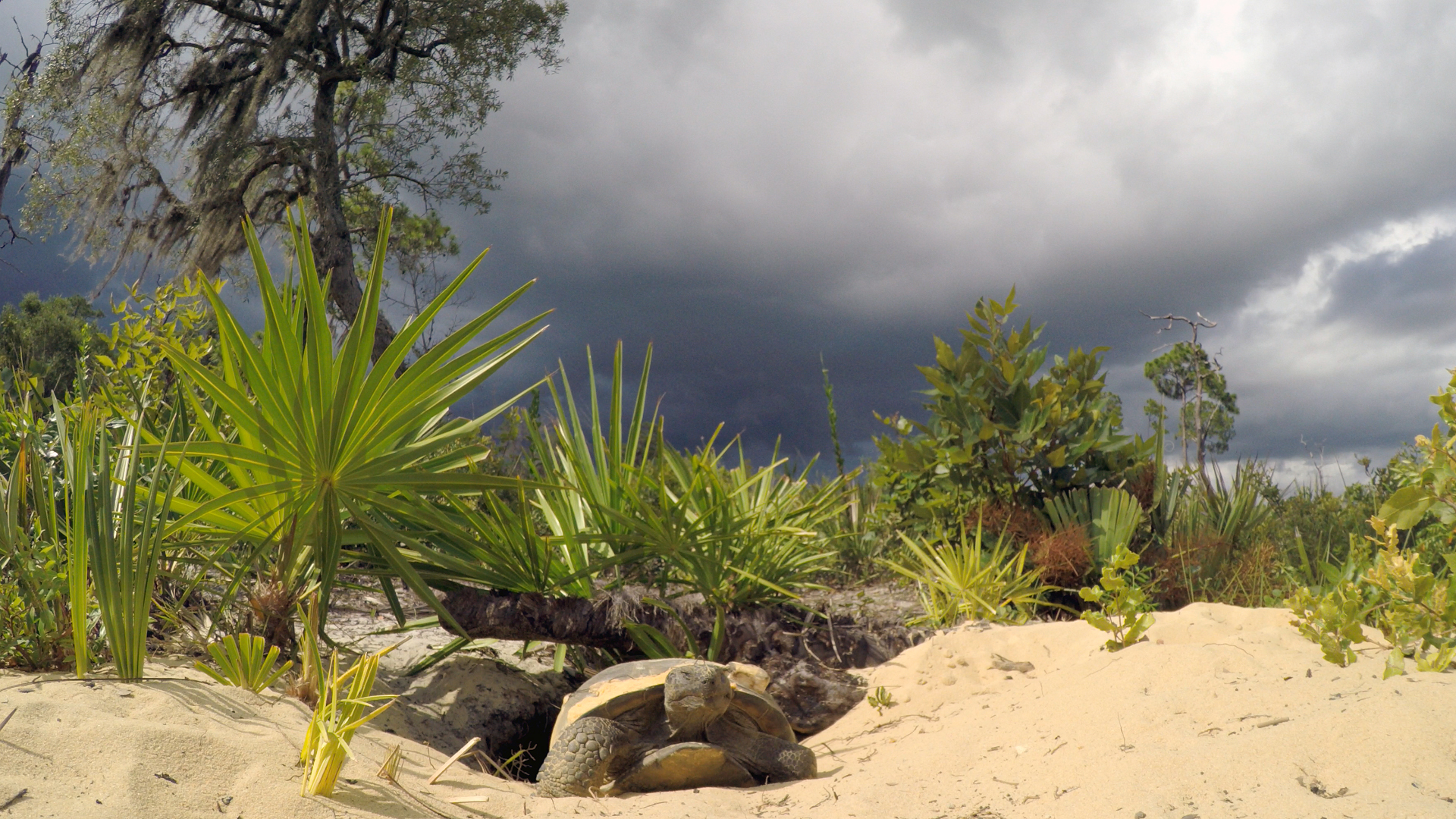In Ecology News: Python vs the Everglades
Are exotic pythons devastating Florida’s Everglades National Park? By Liza Lester, ESA communications officer Sometimes the snake wins. The exotic Burmese python is a new and deadly predator allegedly squeezing the wildlife of Florida’s already environmentally pressured Everglades. Large snakes have been observed swallowing American alligators and 80-pound deer, but more common prey are small mammals like raccoons, rabbits, and…
